- Home
- Emails in China
Sending and Receiving Emails from China
Solution - SMTP2Go, you can receive and send all emails in China or worldwide
Table Of Contents
The possible difficulties associated with sending and receiving emails from China
Best practices: emails to or from China
Which email service is best for China?
What email addresses are not banned in China?
Setting up an email account in China
Options for email providers (e.g. QQ Mail, 163.com)
Setting up a new account with a Chinese email provider
Setting up a VPN
Explain what a VPN is and why it is necessary for accessing emails in China
Provide a step-by-step guide on how to set up a VPN on a computer or mobile device
Accessing your email from within China
Connecting to the internet in China (e.g. WiFi, SIM card)
You are free when Roaming Data
Options for accessing your email (e.g. web browser, mobile app)
Sending and receiving emails in China
Why can not receive or send email in China? SMTP setting
Why can't I just use the Hotmail email in China?
Will emails sent from Gmail be delivered to China?
How to access your Gmail in China without using a VPN?
Tips for composing emails in Chinese
Sending emails to domestic and international recipients
Troubleshooting
Offer a list of common issues that may arise when accessing emails in China and provide solutions for each problem
Email service provider's customer support
Conclusion and additional resources
Recap of the steps for email communication in China
Suggestions for further reading or support
Email communication has become an important tool for businesses of all sizes and fields because it helps them get in touch with clients, partners, and workers quickly and easily. A recent poll found that the average worker spends more than 4 hours a day reading business emails. This shows how important emails are in the modern workplace.
The possible difficulties associated with sending and receiving emails from China
On the other hand, people working in China or trying to talk to people there may have a hard time communicating via email. This is due, in part, to the country's strict censorship policies, which can ban or limit access to some international email providers and websites. There may also be technical problems or limitations that make it hard to send and receive emails from China.
Even with these problems, it is still possible to send and receive emails from and to China in a useful way. You can set up a Chinese email account for Chinese people, send emails to China, and receive emails from China with high dependability if you follow the advice and best practices given in this article.
Best practices: emails to or from China
Which email service is best for China?
In China, there are several email services available. Some common choices are:
Tencent, one of China's leading internet corporations, offers a free email service called QQ Mail. QQ Mail is popular in China and includes features including spam filters, a calendar, and the ability to send and receive huge files.
Gmail: Despite the fact that many Google services are prohibited in China, Google's email service is popular. To get around the bans, use a virtual private network (VPN) to connect to Gmail.
Outlook.com: Previously known as Hotmail, this email service is very popular in China. It has a calendar, a task list, and the ability to email and receive huge attachments, among other things.
Finally, the finest email service for you will be determined by your specific tastes and requirements. All of the above options are reliable and come with a variety of features that can meet the needs of most customers.
What email addresses are not banned in China?
In China, several email services, including Gmail, and Yahoo Mail, are restricted. This means that you won't be able to use these services unless you get around the bans by using a virtual private network (VPN).
However, certain email providers, including QQ Mail, 126 Mail, and NetEase Mail, are not prohibited in China. These services are run by Chinese internet companies and are not censored like international services.
It's important to remember that the way China censors the internet is always changing. For example, some email services that are currently allowed may not be in the future. If you need to use a certain email service while in China, using a VPN will assure that you can access it.
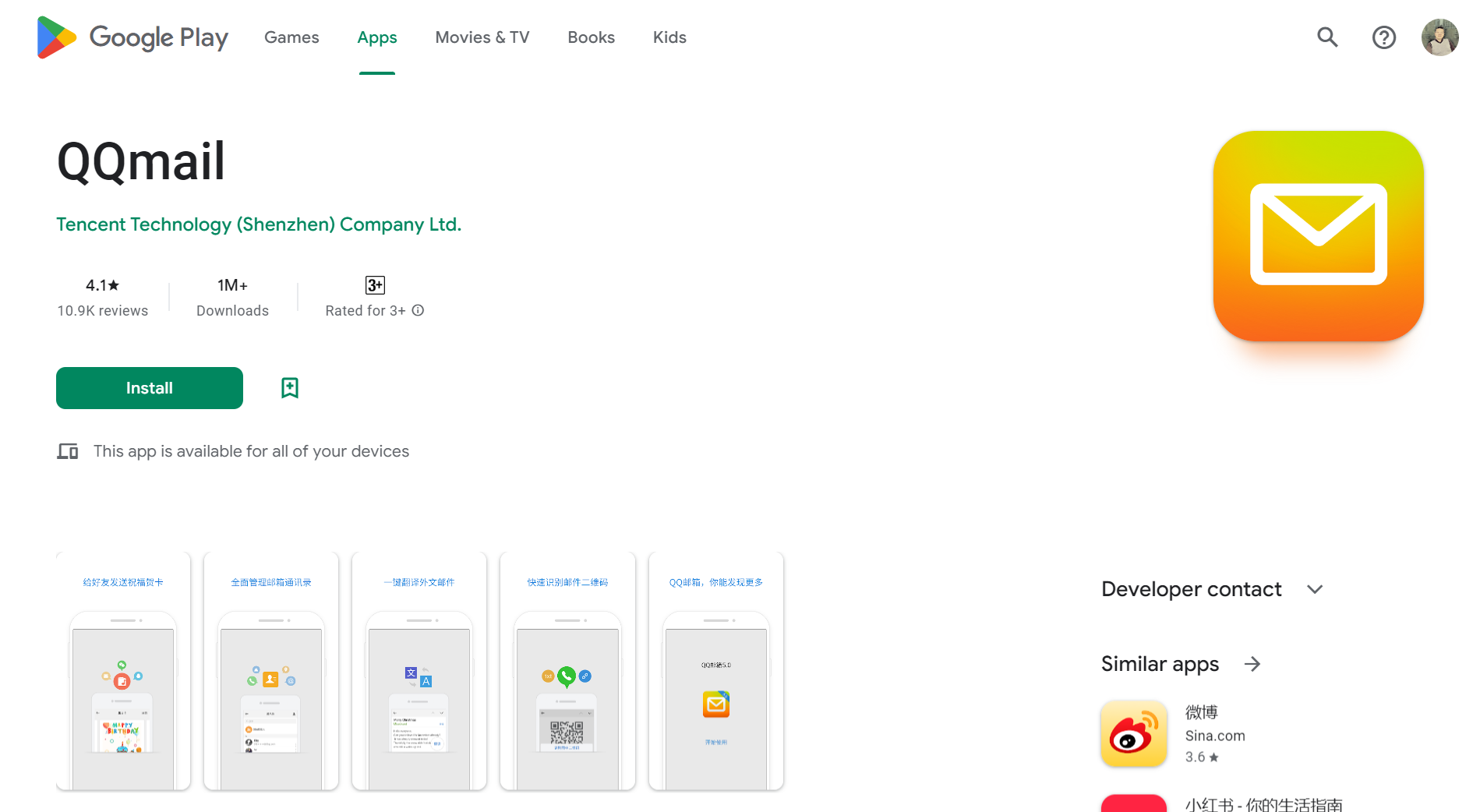 Email is made easier with the QQmail app, which gives you instant notifications when new emails arrive. Android devices make it easier to access your QQ e-mails. The app can be downloaded before you leave your country.
Email is made easier with the QQmail app, which gives you instant notifications when new emails arrive. Android devices make it easier to access your QQ e-mails. The app can be downloaded before you leave your country.Create a Chinese email account (eg. qq.com)
Options for email providers
Chinese email services include QQ Mail, 163 Mail, and 126 Mail.
There are various Chinese email services to choose from, each with its own set of features and perks. Among the most popular are:
QQ Mail: Tencent, one of China's top internet corporations, owns this service provider. qq.com mail has a number of capabilities, such as the ability to send huge files, schedule emails for later delivery, and utilize custom themes.
NetEase-owned: 163 Mail is another popular option in China. It has a simple, easy-to-use design and a number of options for organizing and sorting your emails.
126 Mail: This service is well-known for its robust spam filters and privacy safeguards. It also has a number of email management tools, such as the ability to schedule emails and set up custom filters.
How to Create a New Email Account with a Chinese Provider
Follow these procedures to create a new email account with a Chinese provider:
- Go to the website of the email service provider you've chosen (such as QQ Mail, 163 Mail, or 126 Mail).
- Select "Sign Up" or "Create Account" from the drop-down menu.
- Fill out the necessary information, such as your name, phone number, and password.
- Accept the terms and conditions and follow any extra instructions provided by the email provider (such as verifying your phone number or solving a CAPTCHA).
- After you've made your account, you may log in to your email account and begin sending and receiving emails.
Configuring a VPN to the environment in China
What is a VPN, and why is it required for email access in China?
A VPN, or virtual private network, is a technology that allows you to access the internet safely by encrypting your web activity and concealing your IP address. VPNs are frequently used to safeguard online privacy and to gain access to websites and services that are prohibited or restricted in some countries, such as China.
If you need to access your emails or other internet services while in China, you will almost certainly need to use a VPN. This is because the Chinese government maintains stringent internet regulations and blocks certain international websites and services, including certain email providers. By utilizing a VPN, you may circumvent these filtering efforts and freely browse the internet.
Install a VPN on your PC or mobile device
Follow these steps to configure a VPN on your PC or mobile device:
- Select a reputable VPN service provider. ExpressVPN, NordVPN, and Private Internet Access are all viable solutions.
- Install the VPN client software on your device
- Start the VPN program and log in with your account information.
- Choose a server location. Choose a server located outside of China to avoid censorship or a server located within China if you need to access Chinese-only websites or services.
- Sign in to the VPN. Your internet traffic will be encrypted and routed through the VPN server after you join, allowing you to access banned websites and services.
It should be noted that VPNs are not impenetrable and can still be banned or identified by the Chinese authorities. Choose a known and dependable VPN provider to increase your chances of success, and keep in mind that using a VPN may slow down your internet connection.
Accessing the internet in China
You must first connect to the internet in order to access your email from within China. In China, there are various ways to connect to the internet, including WiFi and SIM cards.
WiFi is extensively distributed in China, particularly in cities. WiFi is available in public venues such as airports, cafés, and hotels, or you may buy a WiFi router for your house or workplace.
SIM cards are another way to connect to the internet in China. SIM cards, which allow you to connect to the internet via your mobile device, are available from local cell carriers such as China Mobile, China Unicom, and China Telecom branch stores, as well as convenience stores. As an internet user, you must have an unlocked mobile phone that is compatible with Chinese mobile networks in order to use a SIM card.
When using roaming data, you are completely free
In the case of mobile phone roaming data, you will be able to access all of your online services without limitation since the Great Firewall of China will not ban any service on devices that access the Internet via data roaming service.
You can use local WiFi to access the internet and then switch to roaming data to use services (such as emails ) that are banned in China, such as Facebook and Gmail.
Options for gaining access to your email
You may access your email using a web browser or a mobile app once you're connected to the internet. Most email service providers provide a web-based interface that can be accessed from any computer or mobile device with an internet connection. You may also access your email and manage your inbox on the fly by downloading a mobile app for your email service.
Best practices: emailing and receiving in China
Why sometimes can not receive or send email in China ?
You might have experienced difficulties sending emails from your laptop or mobile phone from more than one location (e.g. at home, at work, staying in a hotel, visiting another city or country). This is because the SMTP server assigned to you by your ISP only actually works when you're connected to the internet through that ISP.
As soon as you connect to the internet through a different network you lose your ability to send emails! This is a security measure used by ISPs to prevent people sending spam through their servers, but it's also an annoying problem for laptop and mobile users who want to be able to use their email on the go, for instance, on a business trip in China.
Solution - SMTP2Go, you can receive and send all emails in China or worldwide
Why can't I simply use Hotmail in China?
Many mobile users in China or other countries switch backwards and forwards between their regular email program and a web-based email program like Hotmail. Obviously it's possible to use a web-based program anywhere in the world, but these systems have their own drawbacks. Not only do you have to send mail from a highly unprofessional email address (jack8564@hotmail.com, for instance), but it's also hard to keep track of your emails when you're hopping between your different email accounts. Who needs the drama? Wouldn't it be better to just use the same account, and the same email program, wherever you are? That's what we think.
SMTP is the protocol used to send email China over the internet. When you send an email it gets sent to your SMTP server, which then forwards it to the recipient of your email. Obviously in order to send email you need an SMTP server that works! SMTP2Go is an SMTP server that works all the time, wherever you are in the world.
Solution - SMTP2Go, you can receive and send all emails in China or worldwide
Will email sent from Gmail be delivered to China?
It will indeed be delivered. However, the question is meaningless. The receiver is responsible for email delivery.
The email you sent from Gmail is sent from Google servers, then to the destination Chinese email service server, and finally to the recipient's email address. As a result, your email will be delivered to the user in China.
If the email address of the receiver is Gmail, the user can evaluate the Gmail account using a VPN service.
How to access your Gmail in China without using a VPN ?
Do you wish to access your Gmail email account in China without using a VPN? Simply connect your Gmail account to an email address that is not prohibited in China.
The configuration is straightforward: go to your Outlook email account settings, choose Account, then click the Add Another Mailbox option, and select Google. After that, all you have to do is enter your Gmail account information, and you're done.
When you wish to check your Gmail account, just log in to your Outlook mail account and check or send emails from the Gmail account you linked.
Second, you may access your Gmail account by utilizing international roaming data from your home country.
Email writing tips in Chinese
If you need to send and receive emails in Chinese, keep the following things in mind:
Make use of either traditional or simplified Chinese characters.
Taiwan and Hong Kong use traditional Chinese characters, but mainland China uses simplified Chinese characters. Choose your characters based on your target demographic and the location in which you are located.
Make use of a Chinese input mechanism. To type in Chinese, you must use a Chinese input method such as Pinyin or Zhuyin, which allow you to enter Chinese characters using your keyboard.
Maintain appropriate email etiquette.
It is traditional in China to include a welcome and closure in emails, as well as formal language and titles. Use
Use "您好" (nn ho) for greetings and "谨祝" (jng zhù) for closings.
.
Emailing domestic and international recipients
When sending emails to local or overseas recipients, bear in mind that depending on the content and the recipient's location, emails may be subject to censorship or other limitations. To increase the likelihood of your emails being sent properly, avoid using attachments and anything that is contentious or sensitive, and consider using a VPN if required.
Troubleshooting
Common problems encountered when accessing emails in China, as well as solutions. When accessing emails in China, various frequent difficulties may develop, including: emails are not being sent or received.
If you're experiencing difficulties sending or receiving emails, make sure the recipient's email address is valid and correctly written. Check that your internet connection is reliable, and use a VPN if required. Contact your email provider's customer service if the problem persists. The SMTP server is recommended.
Emails that are banned or marked as spam. If your emails are being banned or marked as spam, evaluate them for possibly sensitive or contentious information and consider deleting or changing them. Make sure your subject line is clear and simple, and avoid using attachments whenever feasible.
Accessing your email provider's website or mobile app is difficult. Check your internet connection and make sure you're using a suitable web browser if you're having problems accessing your email provider's website or mobile app.
Using the Chinese input technique is difficult. If you're experiencing problems typing in Chinese using the Chinese input method, make sure you've installed the essential software and that it's properly set. If you're still experiencing problems, consider contacting customer service at your email provider.
Customer service contact details for email service providers
If you require more assistance with accessing emails in China, you can contact the customer service department of your email provider. Here is a list of customer service phone numbers for several prominent Chinese email providers.
163 Mail: https://help.163.com
Customer Service: 020-83568094; VIP Mail: 95163234
263 Mail: https://help.263.com
Hotline: 400-650-9263
QQ Mail: https://service.qq.com
Customer Service of qq account: 0755-83765566; 0755-86060836
All these services offer help in both English and Mandarin Chinese for those who require it.
Conclusion and Chinese email market more resources
Recap of the email communication procedures in China
Lastly, email communication in China might be harder than usual because of censorship and other rules. However, by using the methods explained in this article, you can send and receive emails from China efficiently. Creating a Chinese email account, utilizing a VPN to avoid censorship, using the SMTP server, following best practises for email formatting, and employing a Chinese character input method are all ways to do these things, as well as limit spam and undesirable messages.
Additional reading or assistance
If you need more help or have questions about how people in China use email, there are many places you can go. You can try contacting customer service at your email provider or go online for help forums or other resources. You could also talk to coworkers or other professionals who have used email to communicate in China before. They might be able to give you useful tips and information.
There are several online tools and forums that may help you send and receive emails in China. Among the alternatives are:
The China Email Users Forum is a place where people can talk about problems with email in China. It's a fantastic location to ask for help with sending or receiving emails, as well as to gain advice from other users.
CNNIC, which stands for China Internet Network Information Centre, is China's official internet registration. Its website has a lot of information about how people in China use the internet. This could be a great way to find out about email service providers, Internet service providers, and other related topics.
The China Email Providers Alliance is a collection of Chinese email service providers that have banded together to promote the use of email in the nation. Anyone who is having trouble sending or receiving emails in China may be able to get help from them.
Online forums and discussion boards: There are various online forums and discussion groups in China where you may ask questions and get help with email-related problems. Among the alternatives are:
- China on Reddit: https://www.reddit.com/user/China/
- Quora: https://www.quora.com/
- Stack Exchange: https://stackexchange.com/
It's also a good idea to check with your email service provider or internet service provider to see if they have any special help resources or forums. They could have useful information or resources that might help you with your email problem.
Lastly, we want people to share their own tips and tricks for getting to email in the comments section. We can all stay in touch and get things done through email if we share information and resources, especially when we're all dealing with different problems.
From Email in China to Home Page
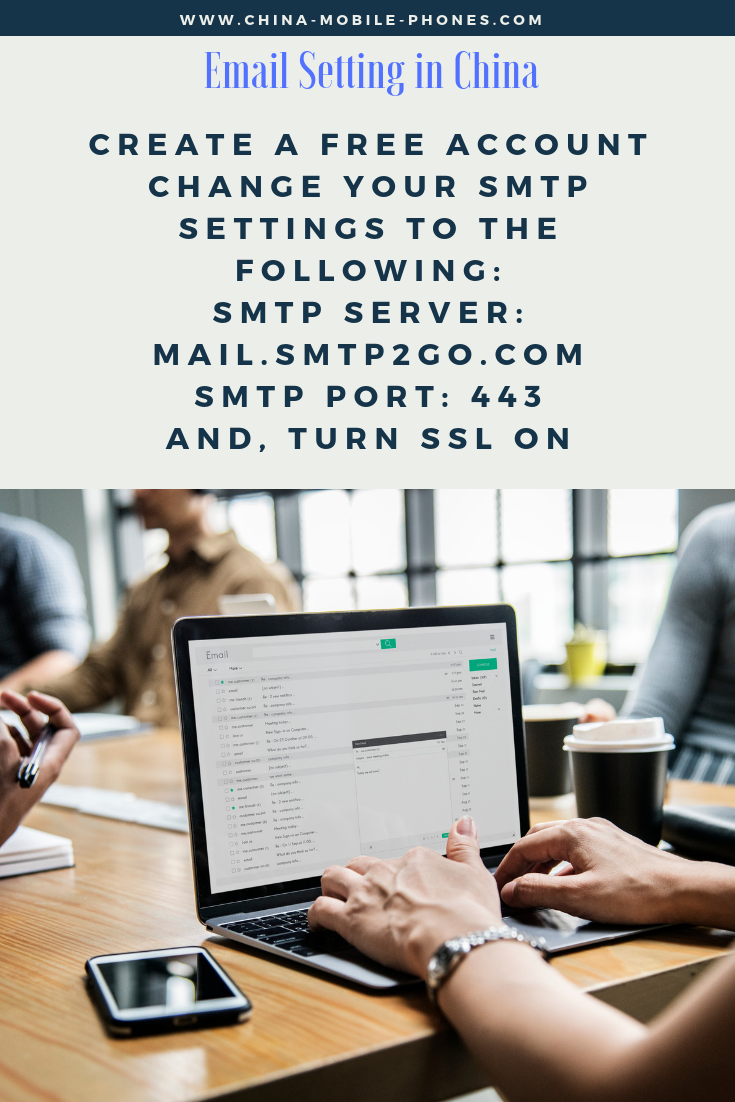

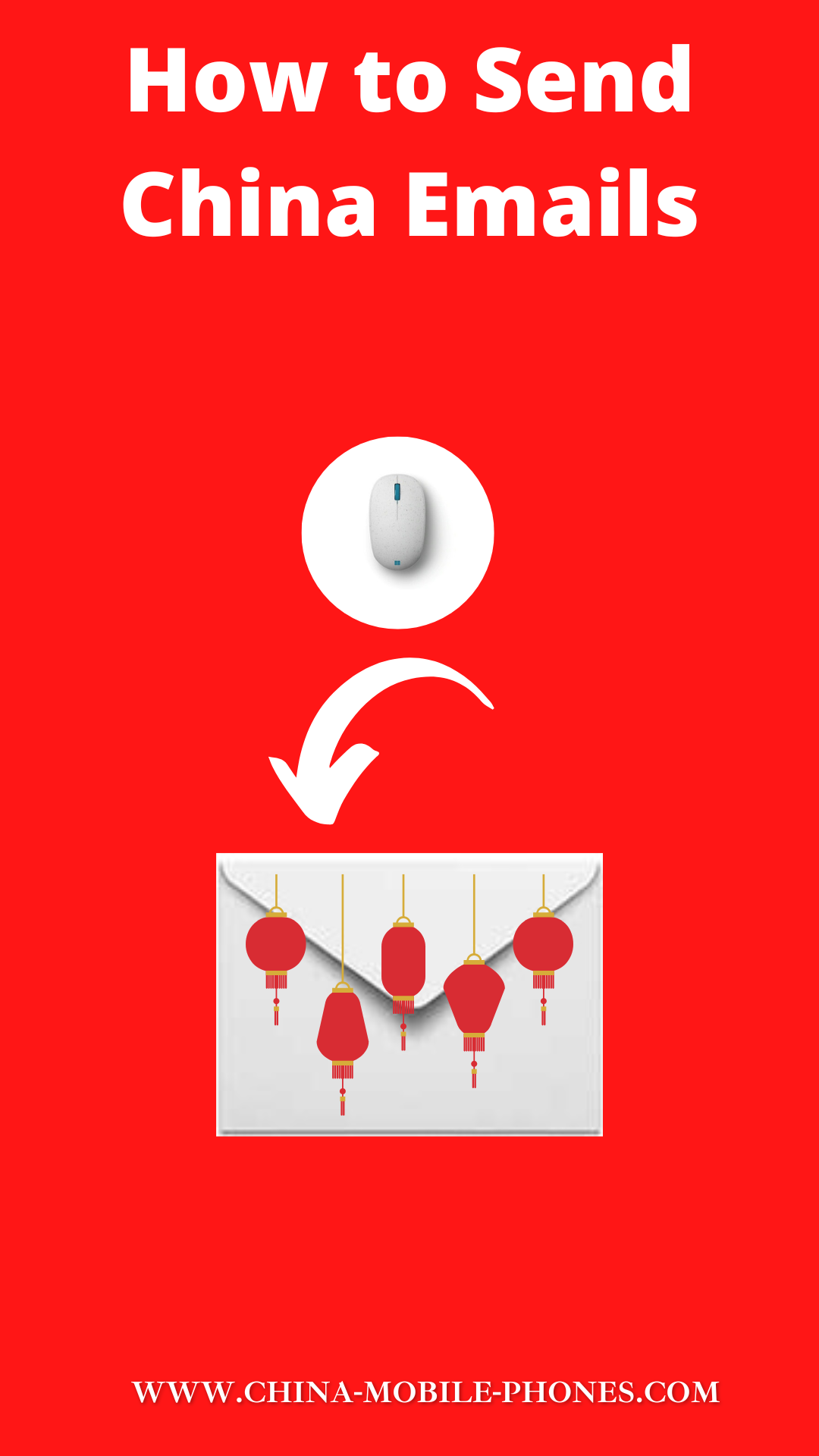
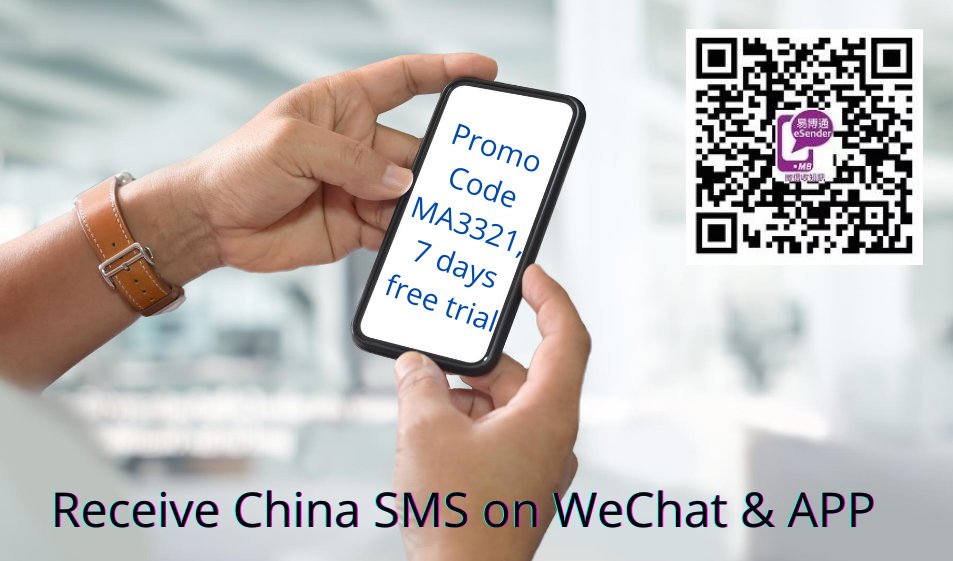
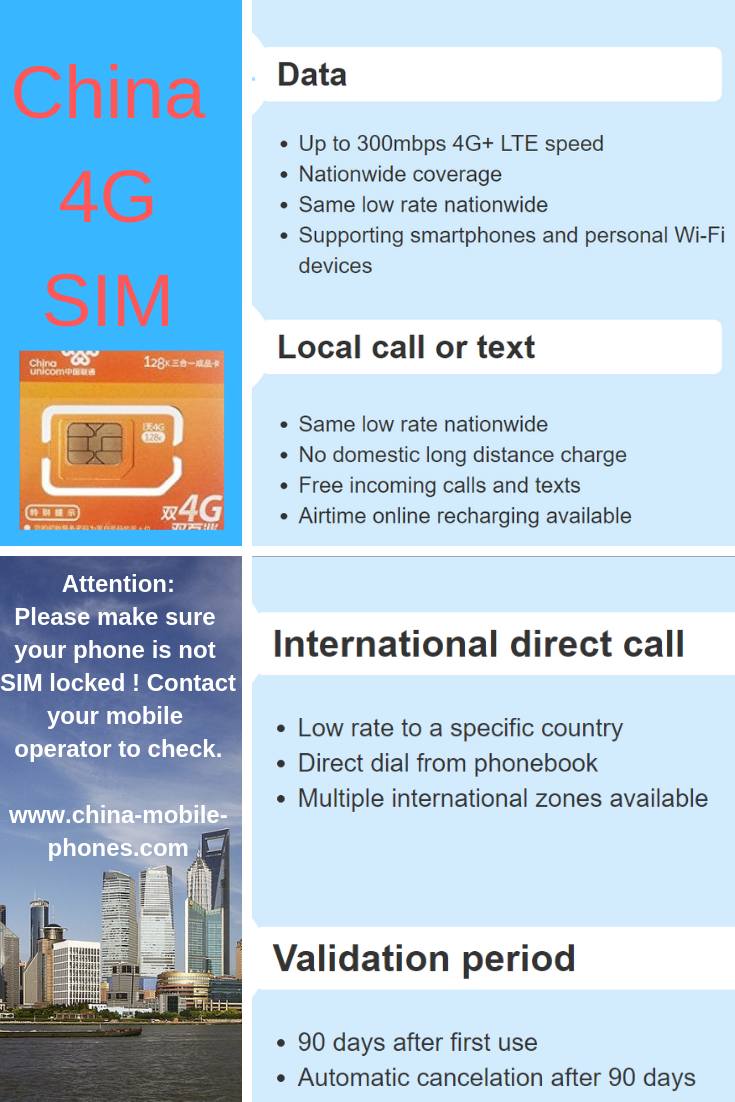






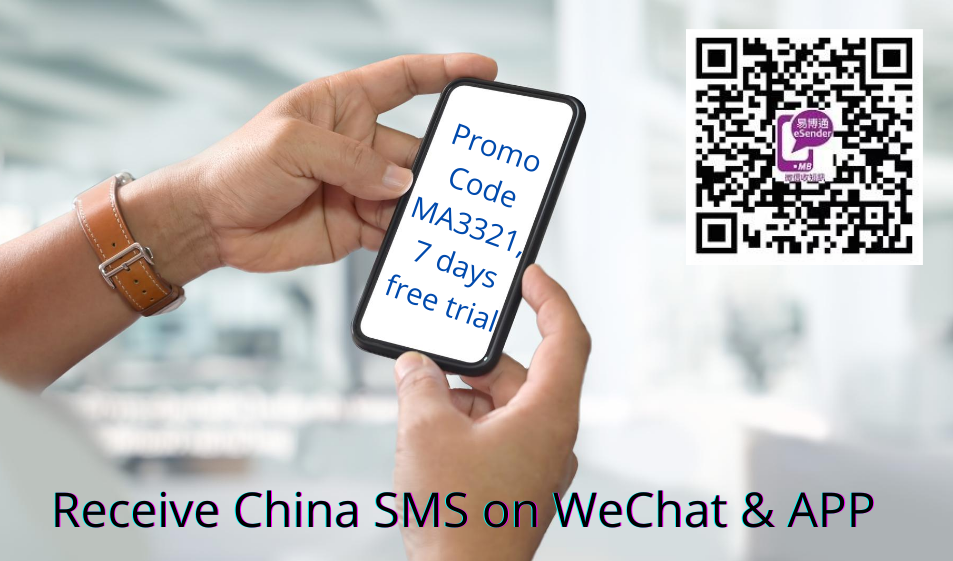

New! Comments
Have your say about what you just read! Leave me a comment in the box below.